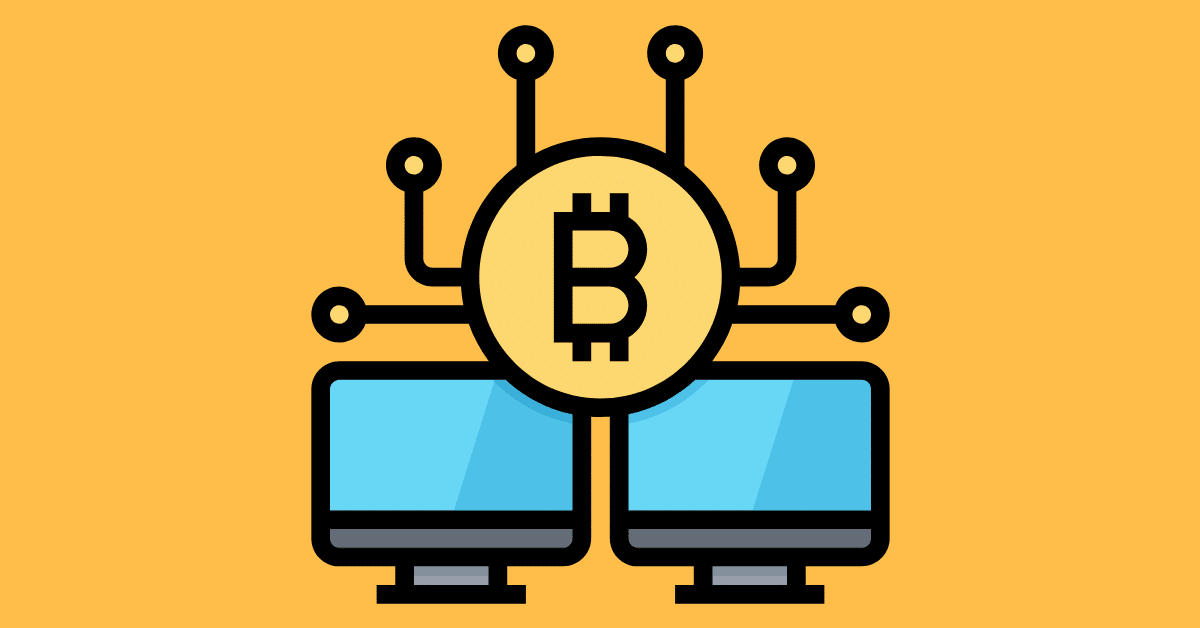
Decentralization has become Synonymous with Blockchain. But is it the truth?
The very definition of Blockchain says that it is a decentralized ledger that can store information securely and immutably, utilizing cryptographic encryption and hashing. But it seems in reality, the word ‘decentralized’ is somehow limited only to the definition. A lot of Blockchains out there in the market make use of centralized mechanisms.

But what exactly the word decentralization means? Is it only refers to data being processed ‘not at the same place (distributed)?”
As explained by Vitalik Buterin in his blog, the decentralization can be viewed from three perspectives – Architectural – How many physical computers are in the network? Political – How many entities control these computers? and Logical – does the data structure and interfaces of the systems behave like a single structure or a swarm?
Read more: Is Blockchain Technology Going To Disrupt Our Political System: We Hope So
No one controls Blockchains and they don’t have the infrastructural central point of failure. Hence, they are politically and architecturally decentralized. However, they are logically centralized since they behave like a single computer.
But even if we go by the above definition, are blockchains as they are today decentralized?
The answer majorly is NO, because of these reasons:
- Having four computers than having one is always better. But what if all the computers have the same defect? All the nodes in a Blockchain run the same client software, and if turns out to be buggy because of various reason, then the whole system can come to a standstill. This can put a question mark on the architectural decentralization of the Blockchains.
- In a Blockchain that uses the proof of work consensus mechanism, and majority of the miners are from the same country, the government of that country can choose to seize and control all the mining farms on the account of national security. This scenario is a threat to political decentralization of the Blockchain. Read more: Understanding Ethereum Mining and the Need for a Stake/Proof of Work Hybrid Model
- Similarly, in a proof of stake Blockchain, if more than 70% of the coins at stake are held at one exchange, can put the political decentralization of the Blockchain at risk. Read more: Why You Should Care about Decentralized Exchanges
- Moreover, if the majority of mining hardware is built by the same company, it can also compromise the political decentralization of the Blockchain.
So, that means centralized Blockchains are bad?
Not necessarily, and this is because Blockchains serve various purposes, and these may require them to be centralized.
According to the Crytpoasset Taxonomy Report, only 16% of cryptocurrencies are fully decentralized. The other cryptocurrencies reviewed are either centralized, or only semi-decentralized. Only 9% of all utility tokens were found to be sufficiently decentralized and only 7% of financial assets such as those born from initial coin offerings are decentralized. Cryptocurrencies such as Bitcoin, Litecoin, Stellar that function primarily as a means of payment are among the most decentralized types of crypto assets, according to the report.
While the original cryptocurrency – Bitcoin, was designed to be decentralized and removing the control of governments, some experts claim that even Bitcoin can’t be termed as fully decentralized since a majority of the Bitcoin miners are from China.
Conclusion
Decentralization is a process that is beyond computers and network. It involves organizations and individuals. Partial decentralization is achievable at present. However, the complete decentralization is very difficult to accomplish and it would take time for the Blockchains to become truly decentralized, if they intend to do so. It will not only involve Blockchain Technology but also artificial intelligence algorithms that would replace humans to eliminate biases.
About the Author

